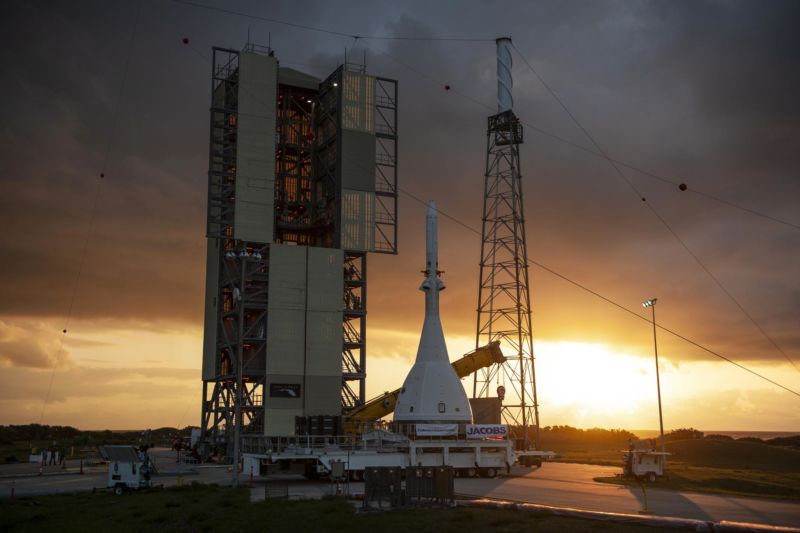
On Monday during a conference held in Houston, several veteran astronauts endorsed NASA’s plan to return to the Moon. However, they also characterized the goal of landing humans there by 2024 as aspirational rather than realistic.
“It’s quite aggressive,” said four-time astronaut Michael López-Alegría of the Artemis Program’s five-year timeline. López-Alegría, who is president of the Association of Space Explorers, made his comments during the organization’s annual meeting.
He added that it was not a bad thing to have an aggressive plan. Rather, it was good for NASA and its international partners to have a clear goal to work toward. “I think that in any complex program like that, somebody needs to draw a line in the sand,” he said. “It may be aspirational, but without something like that, it’s really difficult to get people pulling in the same direction.”
Other members of an astronaut panel, who came from Europe, Russia, and Japan, offered to serve as a resource for helping to get NASA back to the Moon, and possibly beyond, in the coming decades. A German astronaut who flew to the Russian Mir space station in 1997, Reinhold Ewald, said the 400 members of the organization, who hail from 38 different countries, can offer helpful perspective.
“I’m pretty sure that the collective experience of this organization can also contribute to a safe return of people going to the Moon, and further, in the future,” he said.
Go International
One consistent theme from the panelists was the need for any venture into deep space to be international in nature. The go-it-alone domestic model may have worked during the Cold War, but in the 21st century, humanity should go beyond low Earth together, both to share costs as well as providing a means of unifying a fractured world.
“The International Space Station offers a good blueprint for this project,” Ewald said.
There are concerns that NASA’s Artemis plan largely excludes international participation during its early phases. For the initial mission to the surface of the Moon in 2024, all of the rockets, elements of the Lunar Gateway, and landers would be made by US-based contractors. The sole international element of the program will be the “service module” of the Orion spacecraft, which will be used to power the capsule in flight.
The only current astronaut on the panel, Japan’s Sôichi Noguchi, acknowledged this limitation. However, he cited as an example the early cooperation between NASA and the Russians with their Mir space station in the 1990s, which quickly blossomed into the International Space Station, a partnership of 15 countries. Noguchi also noted that NASA Administrator Jim Bridenstine recently visited Japan while seeking to build a coalition of nations to support a long-term Artemis program.
As for astronauts presently in NASA’s corps as well as partner agency’s such as Japan’s JAXA, Noguchi said there was much interest in the Artemis program. “We are excited,” he said. “We are very excited to know that NASA is moving toward the Moon by 2024. In short, active astronauts and international partners—they are all excited.”
https://arstechnica.com/?p=1584713

